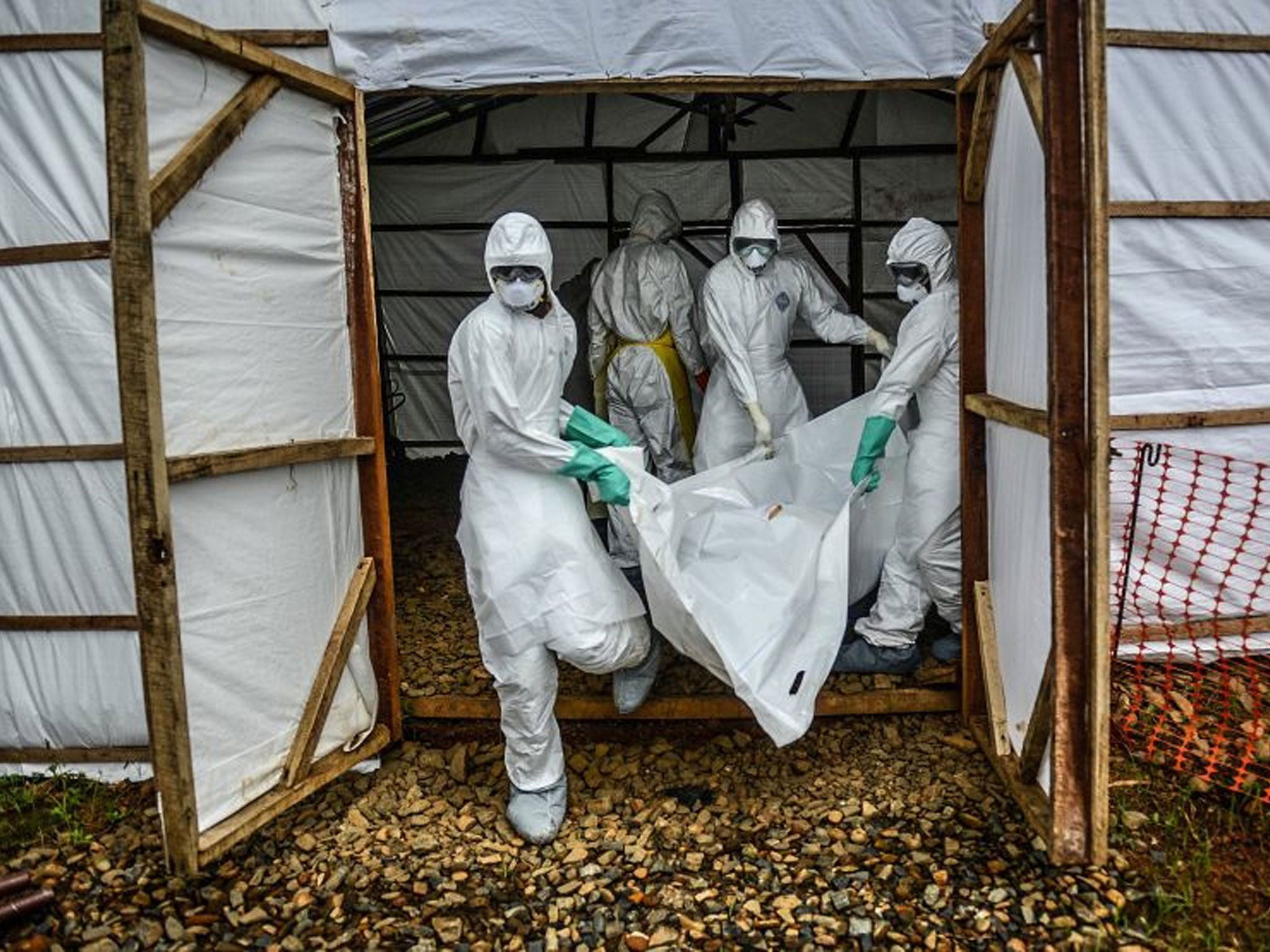Ebola outbreak: Funeral in Guinea may have caused outbreak in Sierra Leone
Since the West African outbreak started in March, at least 1,552 have died

Your support helps us to tell the story
From reproductive rights to climate change to Big Tech, The Independent is on the ground when the story is developing. Whether it's investigating the financials of Elon Musk's pro-Trump PAC or producing our latest documentary, 'The A Word', which shines a light on the American women fighting for reproductive rights, we know how important it is to parse out the facts from the messaging.
At such a critical moment in US history, we need reporters on the ground. Your donation allows us to keep sending journalists to speak to both sides of the story.
The Independent is trusted by Americans across the entire political spectrum. And unlike many other quality news outlets, we choose not to lock Americans out of our reporting and analysis with paywalls. We believe quality journalism should be available to everyone, paid for by those who can afford it.
Your support makes all the difference.The May funeral of a healer in Guinea may have caused the spread of Ebola in Sierra Leone at a time when experts hoped the disease was under control, according to a new study.
By touching or washing the body in preparation for the ceremony, more than a dozen women contracted the deadly virus and spread it in Sierra Leone. The disease then exploded in the country, according to new DNA mapping of Ebola by a team of 50 scientists – five of whom died of the disease while fighting the outbreak.
Health researcher Stephen Gire, who was part of the team which mapped the outbreak, told reporters: “You had this huge burst after it looked like the outbreak was starting to die down,”
“It sort of threw a wrench in the response,” he added.
Researchers from the MIT and Harvard University-affiliated Broad Institute made their map based on specimens collected from 78 patients.
By plotting the genetic code of the Ebola strain which has spread in West Africa, Gire and his 50 colleagues have helped to demonstrate how important the funeral in May was to the outbreak.
The study, which was published in the journal 'Science' on Thursday, shows that the virus has mutated more than 300 times from previous strains of Ebola.
Pardis Sabeti, joint lead author of the study alongside Gire, explained that this rate is faster than normal for viruses of Ebola’s type. Each mutation could see the virus become harder to fight, stronger or easier to spread. However, in turn, the virus could mutate and become weaker.
The experts hope their database will help them understand the disease, which has killed over 1,552 people in West Africa - with 40 per cent of the cases occuring in the last three week, according to the World Health Organisation (WHO). On Thursday, WHO added that the death-toll is likely hugely underestimated.
The detailed map could also help doctors to diagnose and fight the disease, especially with working in preliminary vaccines.
Sabeti said she hopes researchers worldwide will look at the data and use it to beat the devastating disease.
"We need to crowd source this outbreak response,“ Sabeti said. ”I want high school students analyzing this sequence. You want people in every country working to do something."
Additional reporting by AP
Join our commenting forum
Join thought-provoking conversations, follow other Independent readers and see their replies
Comments